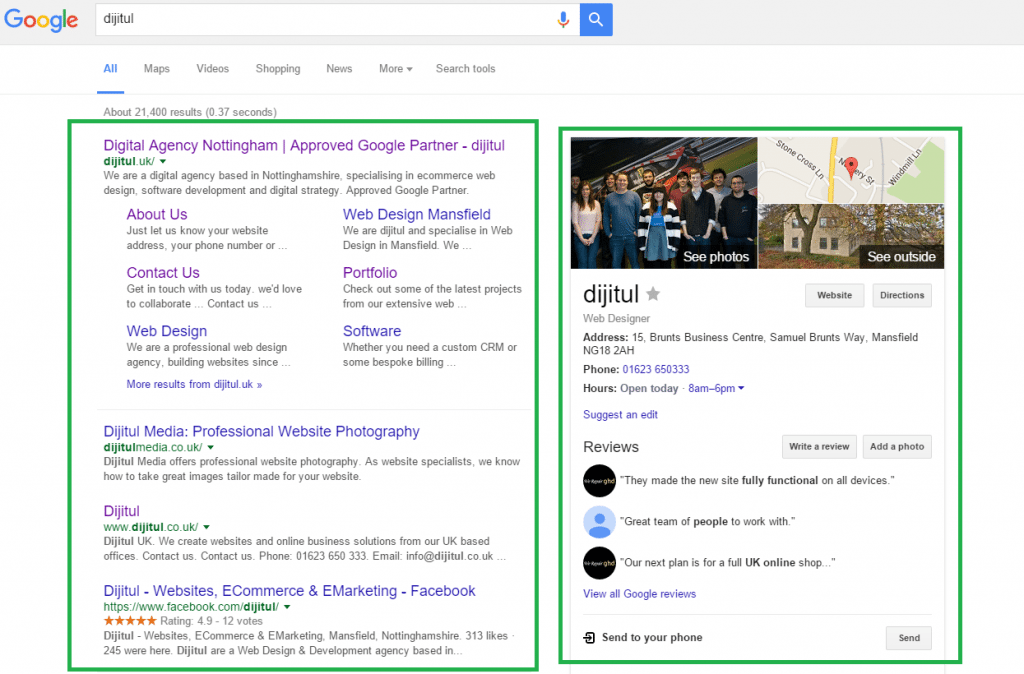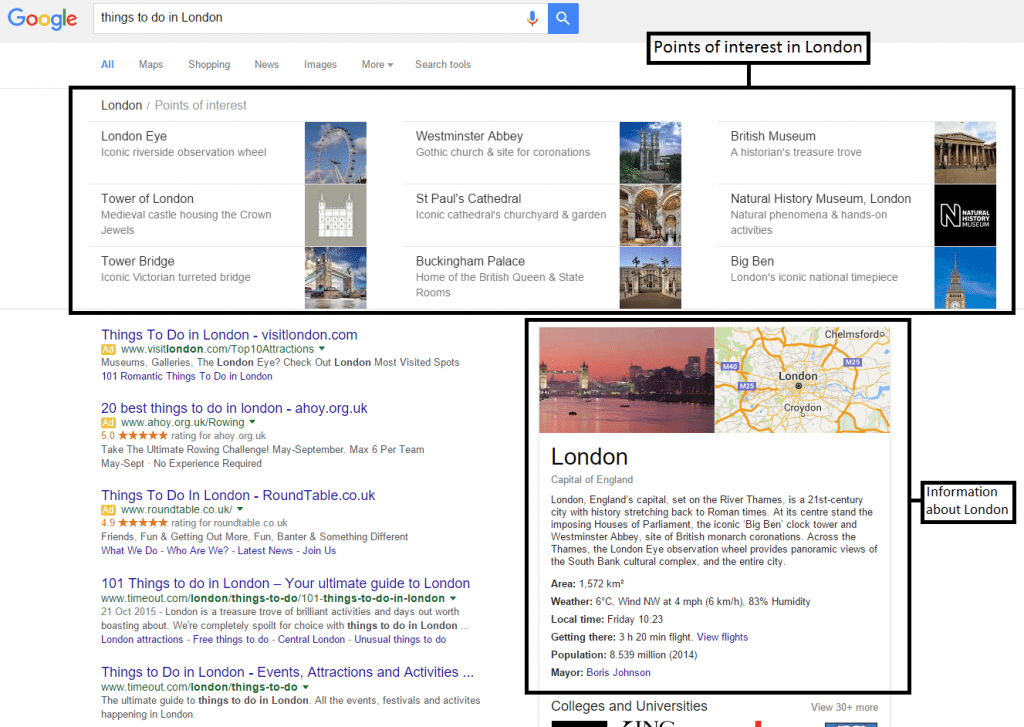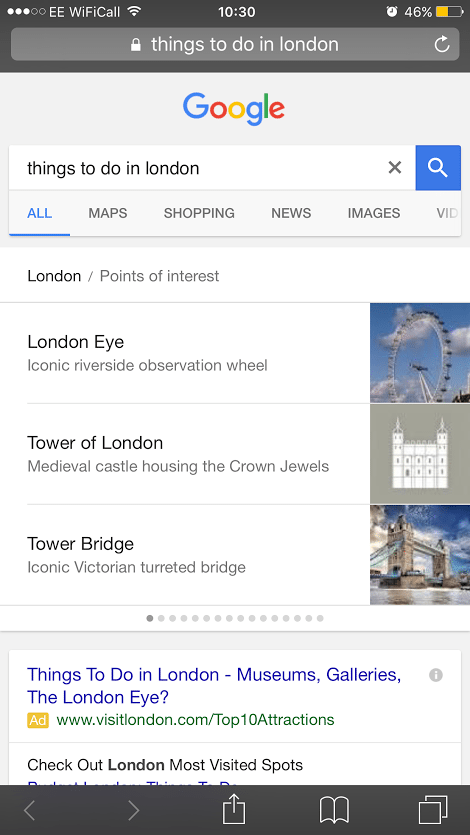What Is A SERP?
What Is A SERP? Find Out Everything You Need To Know About SERPs.
When it comes to marketing and the online world, you have probably heard or seen people talking about SERPs at some point, but if you don’t actually know what the term ‘SERP’ stands for, you could quickly lose focus of what of what is being said. Luckily, though, it’s not so hard to understand, simply put the term ‘SERP’ stands for “Search Engine Results Page”.
So, now you know what it stands for, let’s delve into what they actually are. A ‘SERP’ or ‘SERPs’ is a search engine results page that gets served up when users search a specific query or term on search engines, such as Google.
What Makes Up A SERP?
Organic SERP
Local Listings
Paid Results
Mobile SERPs
Every SERP is different, thank’s to search engines constantly crawling the web, a search you carry out one day, the results can be slightly different the next. The biggest shake-ups in SERPs happen when search engines such as Google, release a new algorithm update, such as Panda. An example of a general SERP layout can be seen below.

What Makes Up A SERP?
When you search for something on search engines such as Google, depending on the search term you enter, the majority of the time you will be met with Organic results, and Paid results. In many cases, you will also see results from the news, YouTube videos, images, twitter feeds, movie show times, knowledge boxes, animal noises – yes, you read that correctly – and much more on the search engine results pages.
Organic SERP
Organic listings are made up of links to websites that are the result of the search engine’s algorithm, which is used to order the results based on the quality and relevancy they can offer to the human user. Typically there will be 10 organic listings, however, this can vary depending on the search query. An organic SERP example can be seen below, showing listings for the search term “dijitul” along with the Google My Business information picked up for Dijitul (on the right).

Local listings
Local listings are shown depending on the user’s location or search query. For example, if you search the term “taxi” in Google, you will more than likely be shown local taxi firms in your area. Or if you search for the term “taxi + a different city/town name to the one you’re in” you will be presented with local taxi companies in that area. A “local pack” of 3 businesses will often show on these searches, as highlighted below, showing 3 selected local businesses and their proximity to your location on a map. This can be opened to show information for all of the businesses dotted on the map by pressing the “More Places” button.

Paid Results (PPC – Pay Per Click)
Paid results are the result of companies that have paid to be displayed high up the SERPs. In most, if not all cases, paid ads rank above organic listings, and at the bottom of a search engine’s results page. At one point ads would show all down the right-hand side of a SERP, however after a Google shake up this is no longer the case. However, depending on the search term, you could be treated with Google Shopping ads on the right. For example, if you search the term “Adidas Superstars” you won’t just see Ads at the top of the results, you will also see shopping Ads on the right-hand side, which serve you with images of products and the opportunity to buy very quickly. These paid results are costed on a “per click” basis, so every time someone clicks one of these listings, the company will pay a free for it, which can range from a few pence to several pounds depending on the search term and a range of other factors.

One more example of a SERP is when you search – for example ‘things to do in London’ – Google will present you with a page full of points of interest in London, without having to click on any website. It will also show you a map of London, a picture, and a brief description. This is great if you’re in or making your way to London and are on your phone looking for somewhere to go, as it is showing the person straight away, just what is available to them in London. This is how the search term ‘things to do in London’ appears on desktop;

Mobile SERPs
This is how the same search term appears on a mobile device;

As you can see, the points of interest appear at the top once again, and you can scroll across with the swipe of your thumb. This is much easier and quicker than constantly searching through websites that provide the same information, offering a much better user experience.
This post is only scratching the surface of the different types of SERPs, there are many different types you will stumble across every day, all varying on your search term. What’s the most common type you come across every day? Get involved by commenting below. I look forward to hearing from you.
5 thoughts on “What Is A SERP?”